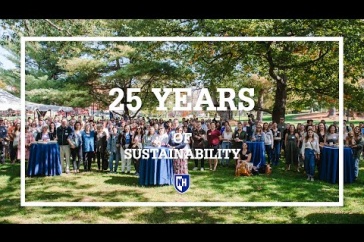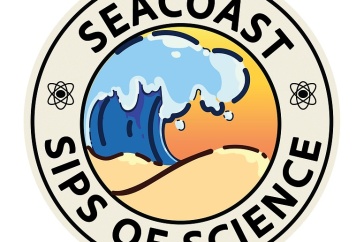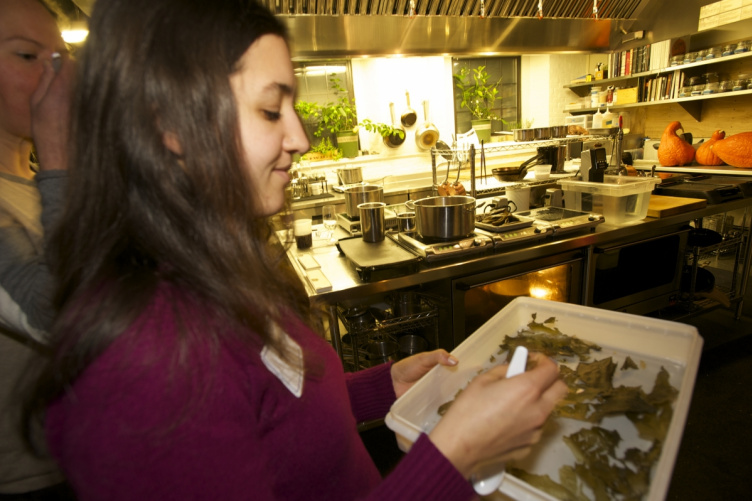
Seaweed has been on the menu for thousands of years, beloved particularly in Asia for packing a nutritional punch with the complex flavor of umami. Now, UNH researchers are hoping to tap locavore foodie fanaticism to promote this Gulf of Maine bounty as a healthy, delicious and local food that works overtime as fisherman-friendly aquaculture.
Fisheries and aquaculture specialists from UNH’s New Hampshire Sea Grant and Cooperative Extension joined forces with Dover chef Evan Hennessey for two recent workshops that introduced the science, history and tastes of seaweed. Each free event filled quickly, indicating that here on the Se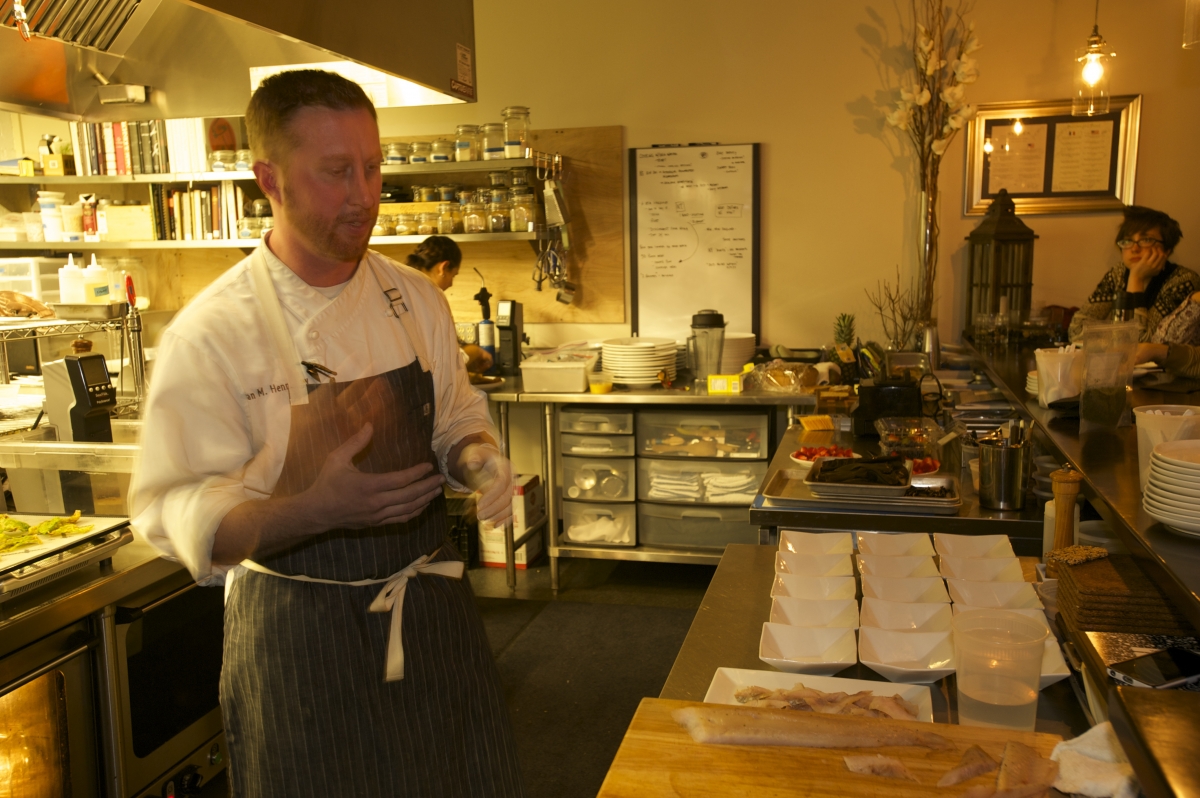 acoast, there’s a healthy appetite for seaweed.
acoast, there’s a healthy appetite for seaweed.
At his cozy Stages at One Washington restaurant last week (Feb. 5), Hennessey shared his passion for sea vegetables (seaweed becomes a sea vegetable when it’s destined for the plate, says fisheries specialist Gabriela Bradt) by inviting participants to graze at his “kelp bar.” He passed dishes of sweet, creamy pudding thickened with the ubiquitous sea vegetable Irish moss, platters of dried sugar kelp chips and bowls of seaweed salad. Pollock cured in seaweed then cold smoked, served in a sea vegetable broth, was a nod to both the Japanese and Scandinavian cuisines that inspire him.
After introducing the science and nutritional value of various seaweeds — also called macroalgaes — Bradt joined Hennessey in his open kitchen. “Evan is doing the gourmet version; I’m doing the ‘this is how you get your kids to eat seaweed,’” she said as she blended kelp into smoothies and tucked applewood-smoked dulce into grilled cheese sandwiches.
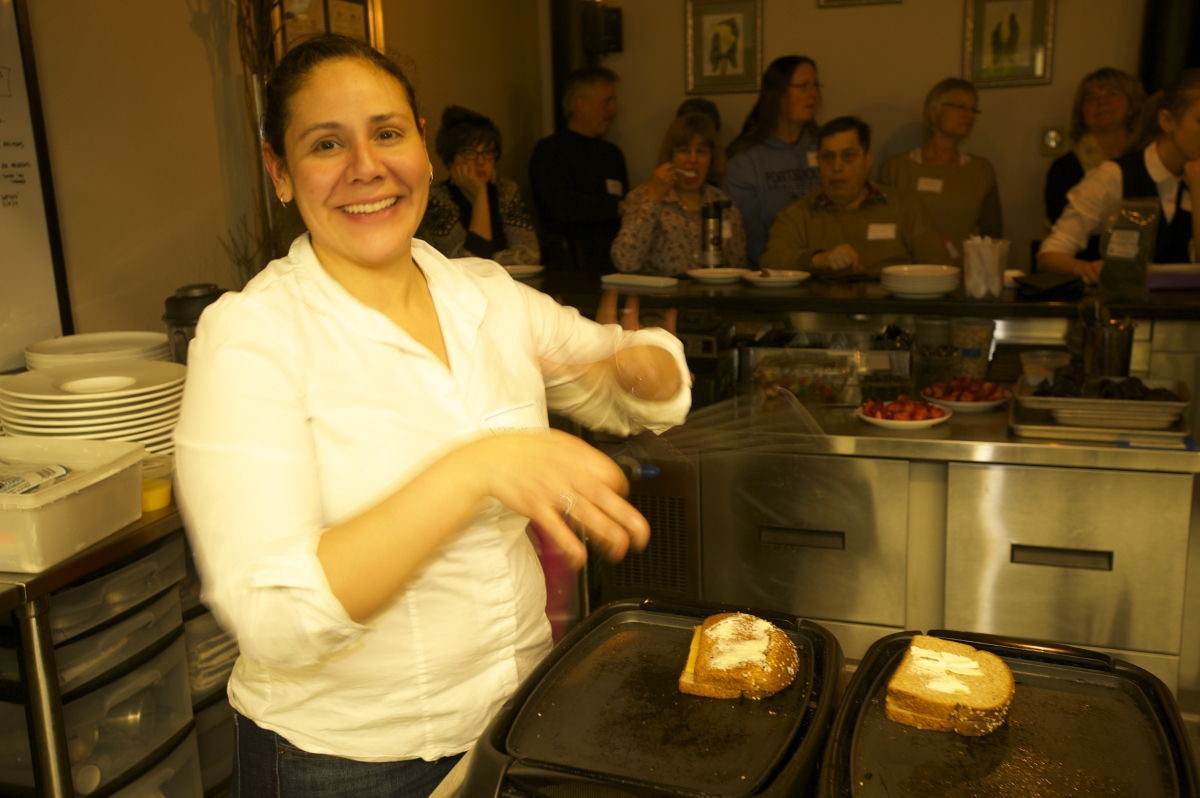 While Bradt and Hennessey look to sea vegetables as haute cuisine, Sea Grant aquaculture specialist Michael Chambers sees economic opportunity for local fisherman—and even nitrogen-sucking superpower potential. Chambers spearheads a Sea Grant collaboration with local fishermen to grow steelhead trout in aquaculture pens in the Piscataqua River. Despite the myriad regulatory hurdles it cleared, the project was nearly halted by the Environmental Protection Agency amid concerns about the excess nitrogen the fish farming would load into the already nitrogen-heavy river.
While Bradt and Hennessey look to sea vegetables as haute cuisine, Sea Grant aquaculture specialist Michael Chambers sees economic opportunity for local fisherman—and even nitrogen-sucking superpower potential. Chambers spearheads a Sea Grant collaboration with local fishermen to grow steelhead trout in aquaculture pens in the Piscataqua River. Despite the myriad regulatory hurdles it cleared, the project was nearly halted by the Environmental Protection Agency amid concerns about the excess nitrogen the fish farming would load into the already nitrogen-heavy river.
Chambers and his collaborators, including professor of zoology Hunt Howell, found a solution in sugar kelp and blue mussels, both of which take up excess nitrogen and, when harvested, remove it from the ecosystem. Now, they’re testing new aquaculture pens designed by UNH engineers that surround the pens of growing trout with long lines of sugar kelp and blue mussels.
“The kelp will grow on pretty much anything in the ocean, and it grows fast,” says Chambers, adding that Portsmouth restaurant The Black Trumpet eagerly uses the product. “The market for fresh kelp is new, but we think it has potential.”
Bradt, working in conjunction with Sarah Redmond, marine extension specialist from Maine Sea Grant, is hopeful that learn-and-dine events like these at Stages will generate enthusiasm for what she calls “kale of the sea.” She’s planning public seaweed foraging events in the spring and is even hoping to engage Seacoast-area microbreweries about incorporating sea vegetables into their brews.
“We have a lot of fun ideas that are educational and nutritional,” says Bradt. “We want to raise awareness that this is a possibility here in New Hampshire.”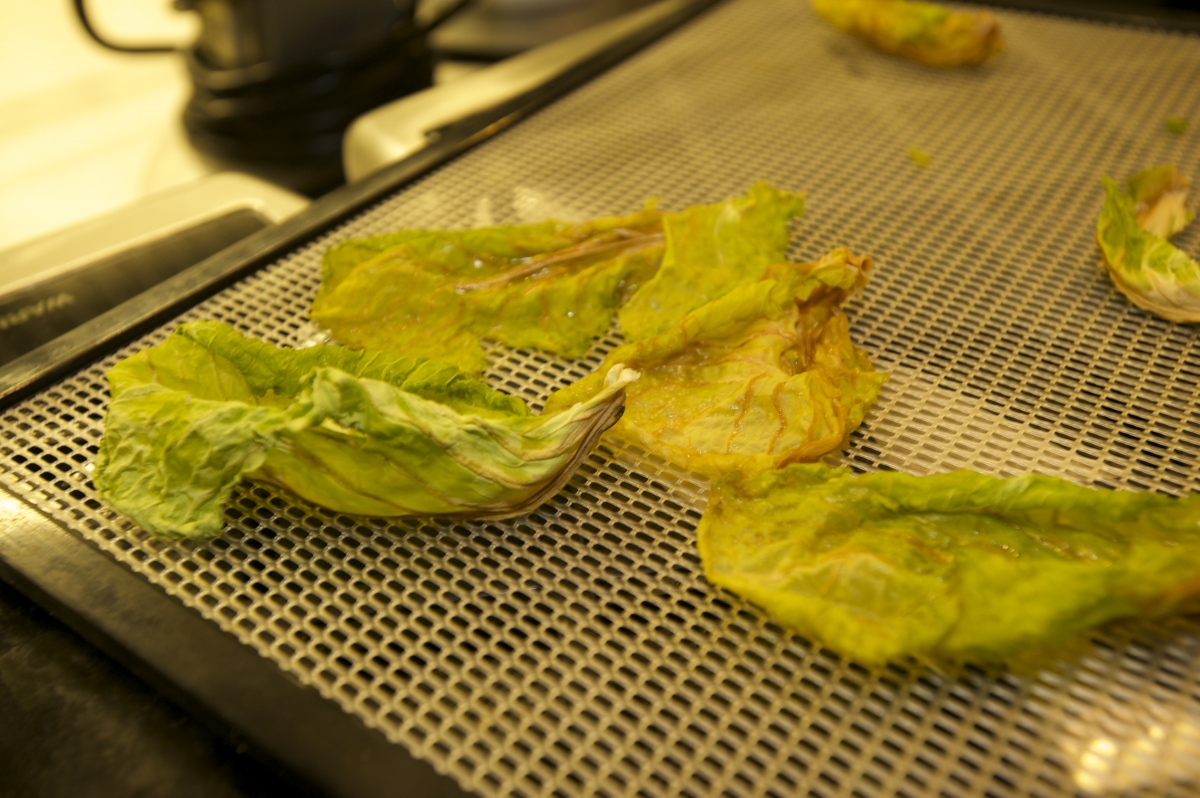
-
Written By:
Michelle Morrissey ’97 | UNH Magazine | michelle.morrissey@unh.edu

















































